The War That Paused—But Didn’t End: Israel, Iran, and What Comes Next
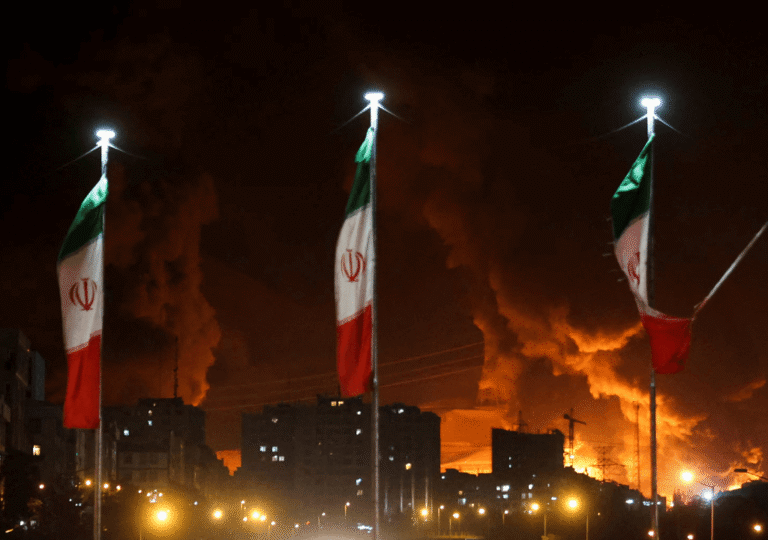
Explore the aftermath of the Israel–Iran war, its regional consequences, and the rising tensions that could lead to renewed conflict. Is a second round on the horizon?

Explore the aftermath of the Israel–Iran war, its regional consequences, and the rising tensions that could lead to renewed conflict. Is a second round on the horizon?
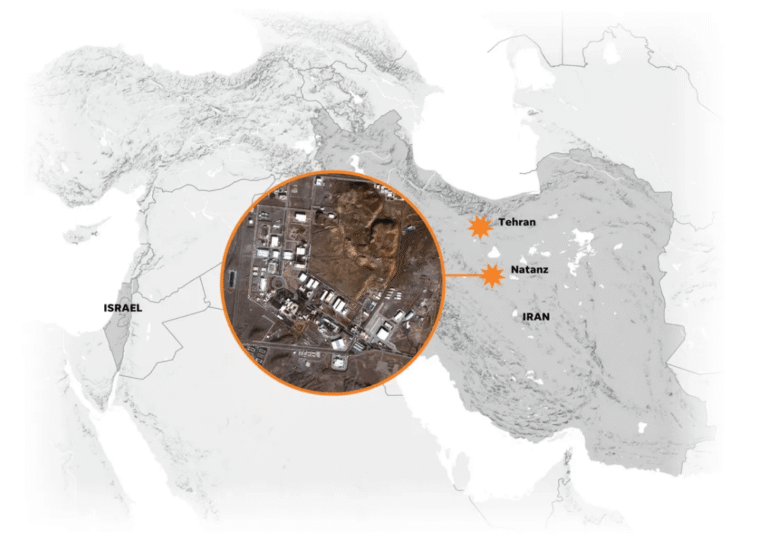
Tensions between Israel and Iran have reached a critical point after recent airstrikes and threats of retaliation. Is a full-scale war inevitable? Explore the unfolding conflict and what may come next.
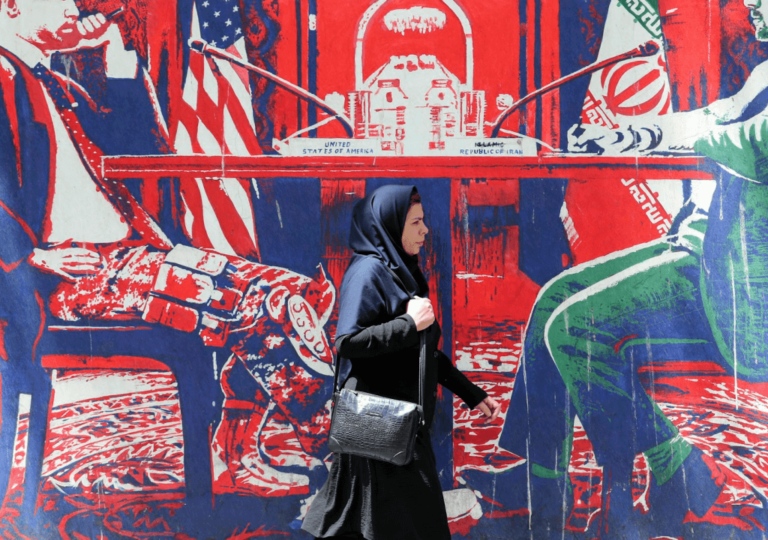
Positive signals emerge after the first round of US-Iran nuclear talks in 2025. Is a new agreement finally within reach after years of deadlock?
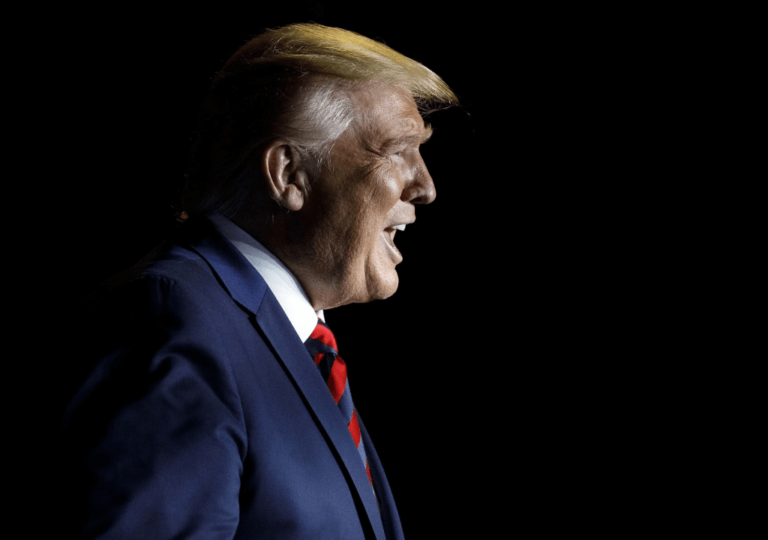
As Donald Trump offers talks with Iran, the world watches to see if this move will ease tensions or deepen Iran’s political crisis. Is it diplomacy or a trap?
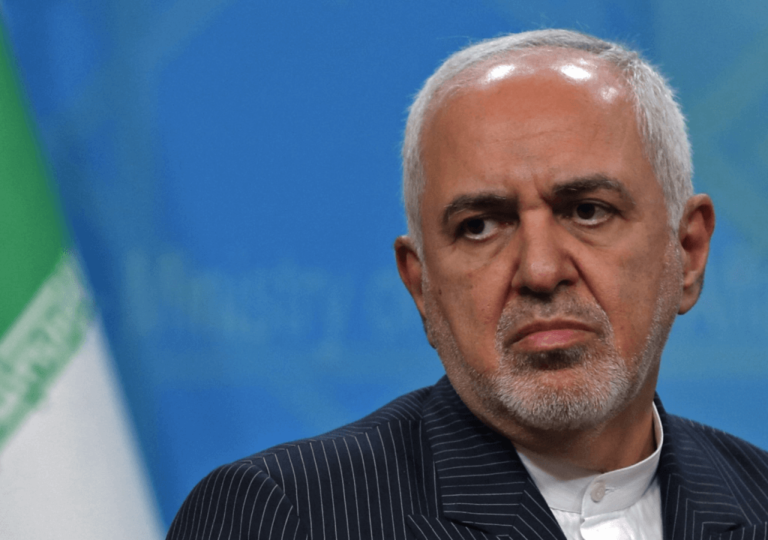
Iran’s reformist vice president has been removed, signaling a shift toward conservative control and a weakening chance of diplomacy with the West.
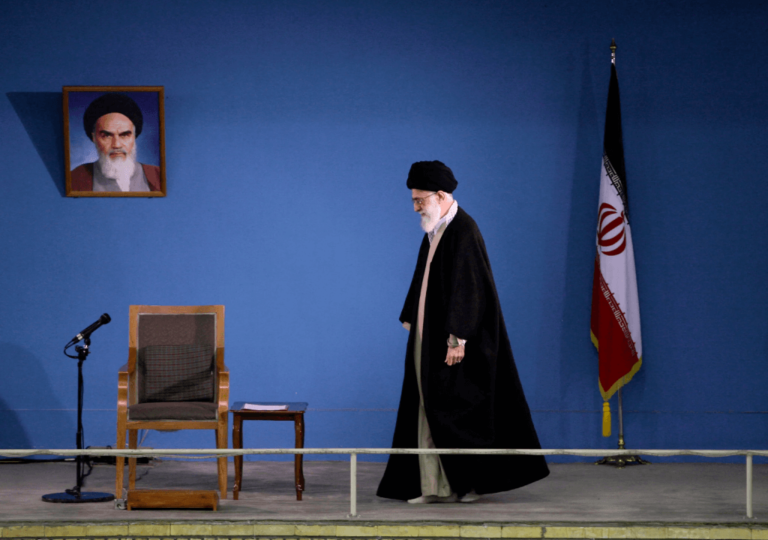
As Donald Trump prepares to unleash a new wave of sanctions, Iran faces mounting economic and political pressure. Can the country withstand the impact?
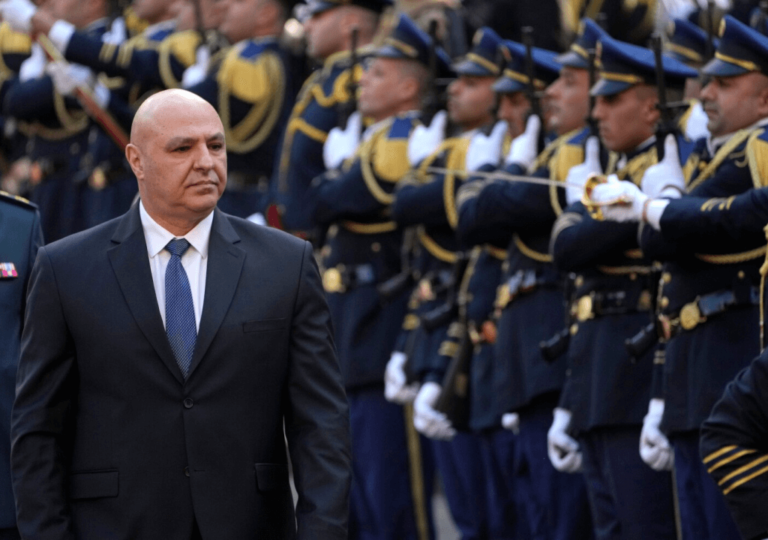
Lebanon elects Army Commander Joseph Aoun as president, signaling a shift away from Iran's influence and hope for stability
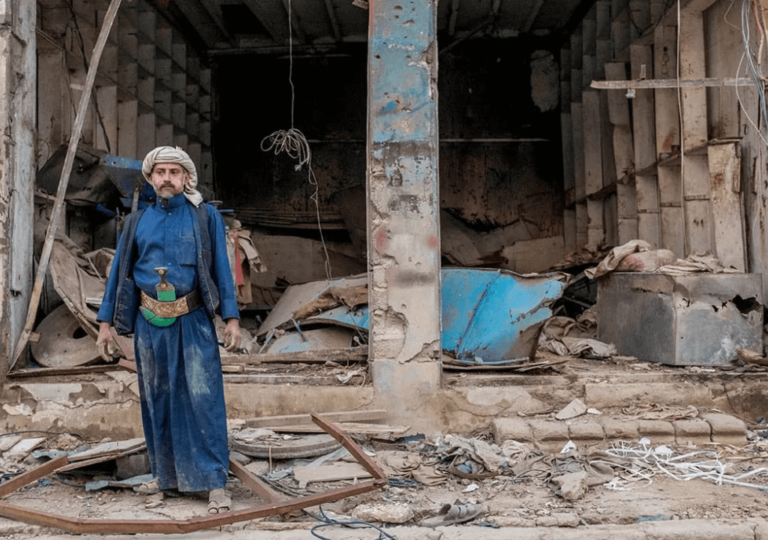
The Israel-Iran conflict is reshaping alliances in the Middle East, with potential resolutions in Syria and Yemen emerging
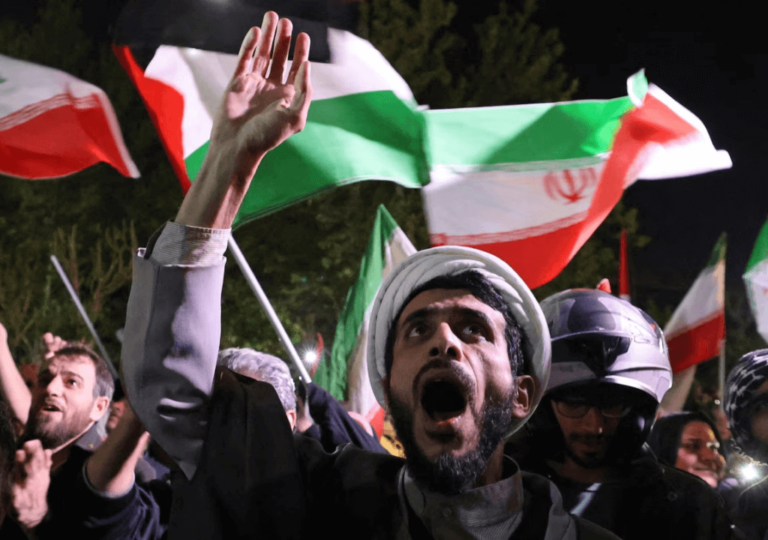
Israel and Iran's conflict escalates, with direct strikes exchanged, raising fears of broader regional war
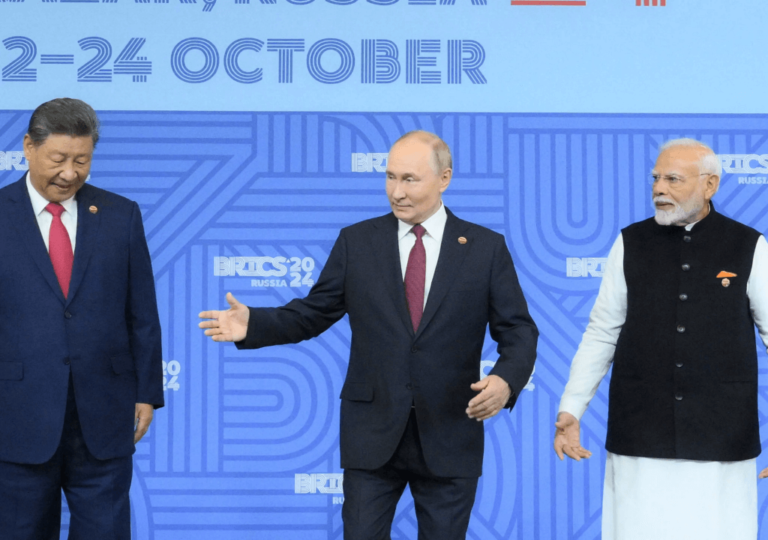
The 16th BRICS summit in Kazan highlights the bloc's growing geopolitical significance and its challenge to U.S. dominance